Growing Incidence of Lung Cancer
The rising incidence of lung cancer is a pivotal driver in the Lung Cancer Market. According to recent statistics, lung cancer remains one of the most prevalent cancers worldwide, with an estimated 2.2 million new cases reported annually. This alarming trend is likely to escalate demand for innovative treatment options and diagnostic tools. As the population ages and risk factors such as smoking and environmental pollutants persist, the burden of lung cancer is expected to increase. Consequently, healthcare systems are compelled to allocate more resources towards lung cancer research and treatment, thereby propelling the Lung Cancer Market forward. The increasing number of patients necessitates the development of advanced therapies and supportive care, which could potentially enhance survival rates and improve quality of life for those affected.
Rising Awareness and Screening Programs
Rising awareness about lung cancer and the importance of early detection is a crucial driver in the Lung Cancer Market. Public health campaigns and educational initiatives are increasingly emphasizing the need for regular screenings, particularly for high-risk populations. The implementation of low-dose computed tomography (LDCT) screening programs has been shown to reduce lung cancer mortality by up to 20%. As awareness grows, more individuals are likely to seek screening, leading to earlier diagnosis and treatment. This trend is expected to boost the demand for diagnostic tools and services within the Lung Cancer Market. Furthermore, increased awareness may also encourage individuals to adopt healthier lifestyles, potentially reducing the incidence of lung cancer in the long term.
Technological Advancements in Treatment
Technological advancements in treatment modalities are significantly influencing the Lung Cancer Market. The emergence of targeted therapies and immunotherapies has revolutionized the approach to lung cancer management. For instance, therapies that target specific genetic mutations, such as EGFR and ALK, have shown promising results in improving patient outcomes. The market for lung cancer therapeutics is projected to reach approximately USD 30 billion by 2026, driven by these innovations. Furthermore, the integration of artificial intelligence in treatment planning and monitoring is enhancing the precision of therapies. As these technologies continue to evolve, they are likely to attract investment and research, thereby fostering growth within the Lung Cancer Market. The potential for personalized medicine to tailor treatments to individual patient profiles may also lead to improved efficacy and reduced side effects.
Regulatory Support for Innovative Therapies
Regulatory support for innovative therapies is shaping the landscape of the Lung Cancer Market. Regulatory agencies are increasingly expediting the approval processes for new treatments, particularly those that demonstrate significant clinical benefits. Initiatives such as the FDA's Breakthrough Therapy Designation are designed to facilitate the development of promising therapies for serious conditions, including lung cancer. This supportive regulatory environment is likely to encourage pharmaceutical companies to invest in lung cancer research and development. As a result, the market may witness a surge in the availability of novel therapies, which could enhance treatment options for patients. The proactive stance of regulatory bodies may also foster competition among manufacturers, ultimately benefiting patients through improved access to cutting-edge treatments.
Increased Research and Development Investments
Increased investments in research and development are propelling the Lung Cancer Market. Pharmaceutical companies and research institutions are dedicating substantial resources to discover novel therapies and improve existing treatment protocols. In 2025, it is estimated that R&D spending in oncology, including lung cancer, will exceed USD 50 billion. This influx of funding is likely to accelerate the pace of clinical trials and the introduction of innovative drugs. Additionally, collaborations between academia and industry are fostering a conducive environment for breakthroughs in lung cancer treatment. The focus on understanding the molecular mechanisms of lung cancer is expected to yield new therapeutic targets, further driving the growth of the Lung Cancer Market. As a result, patients may benefit from more effective and less toxic treatment options.
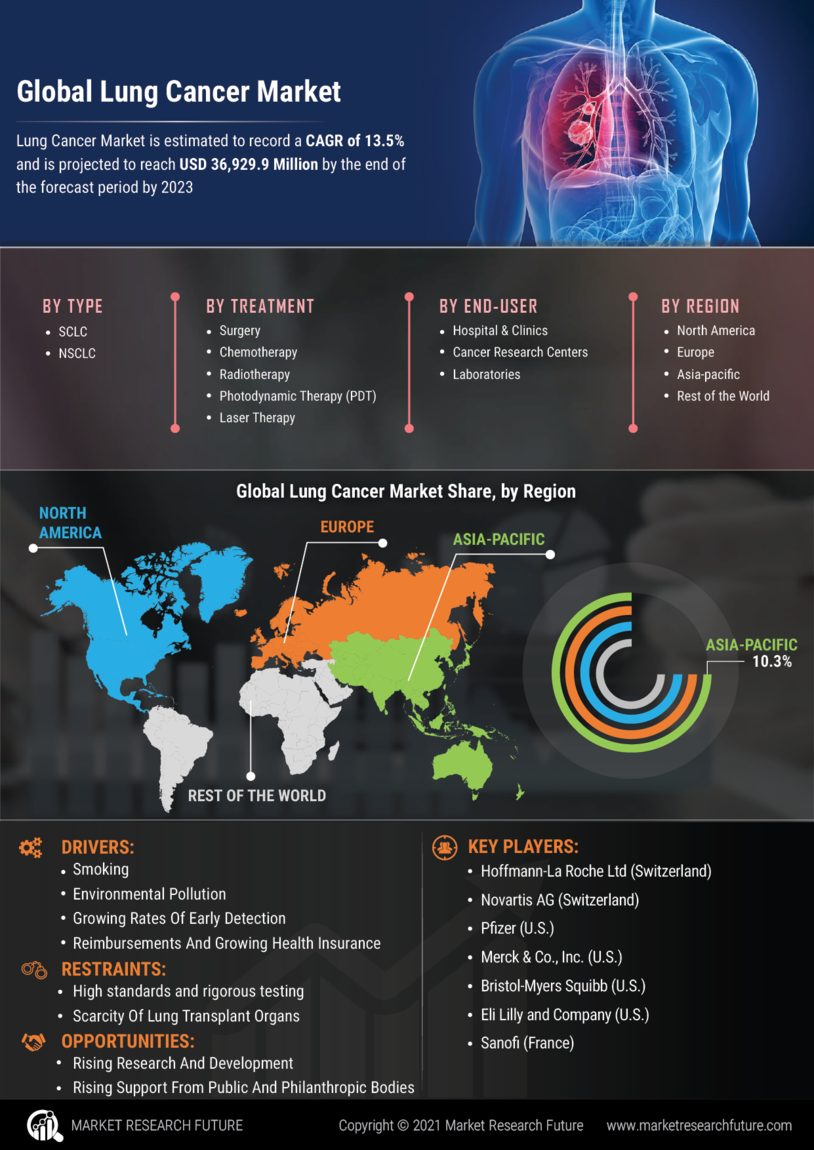

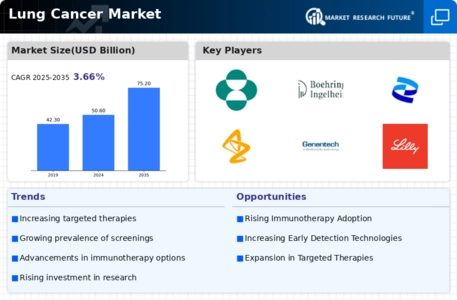
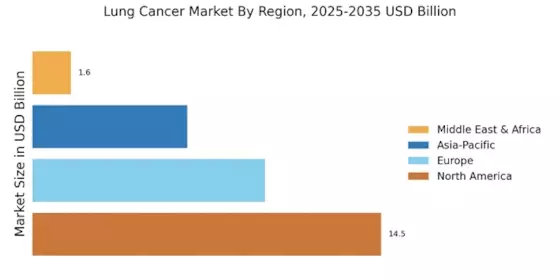
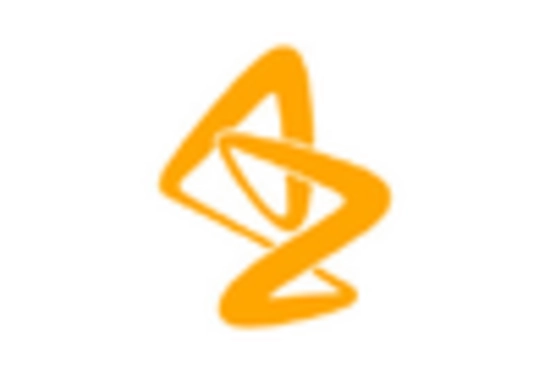

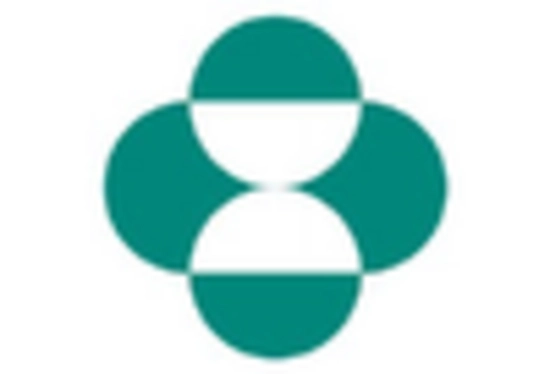

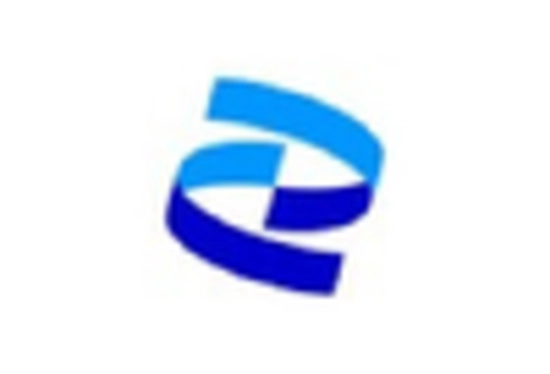
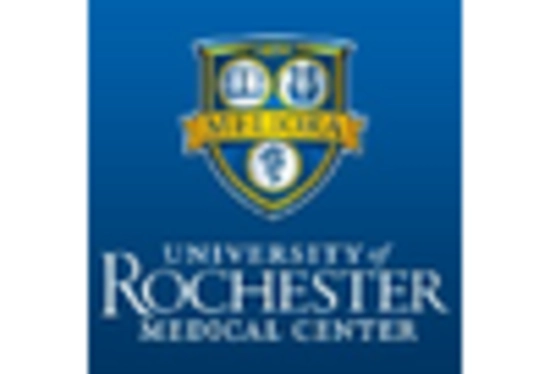








Leave a Comment